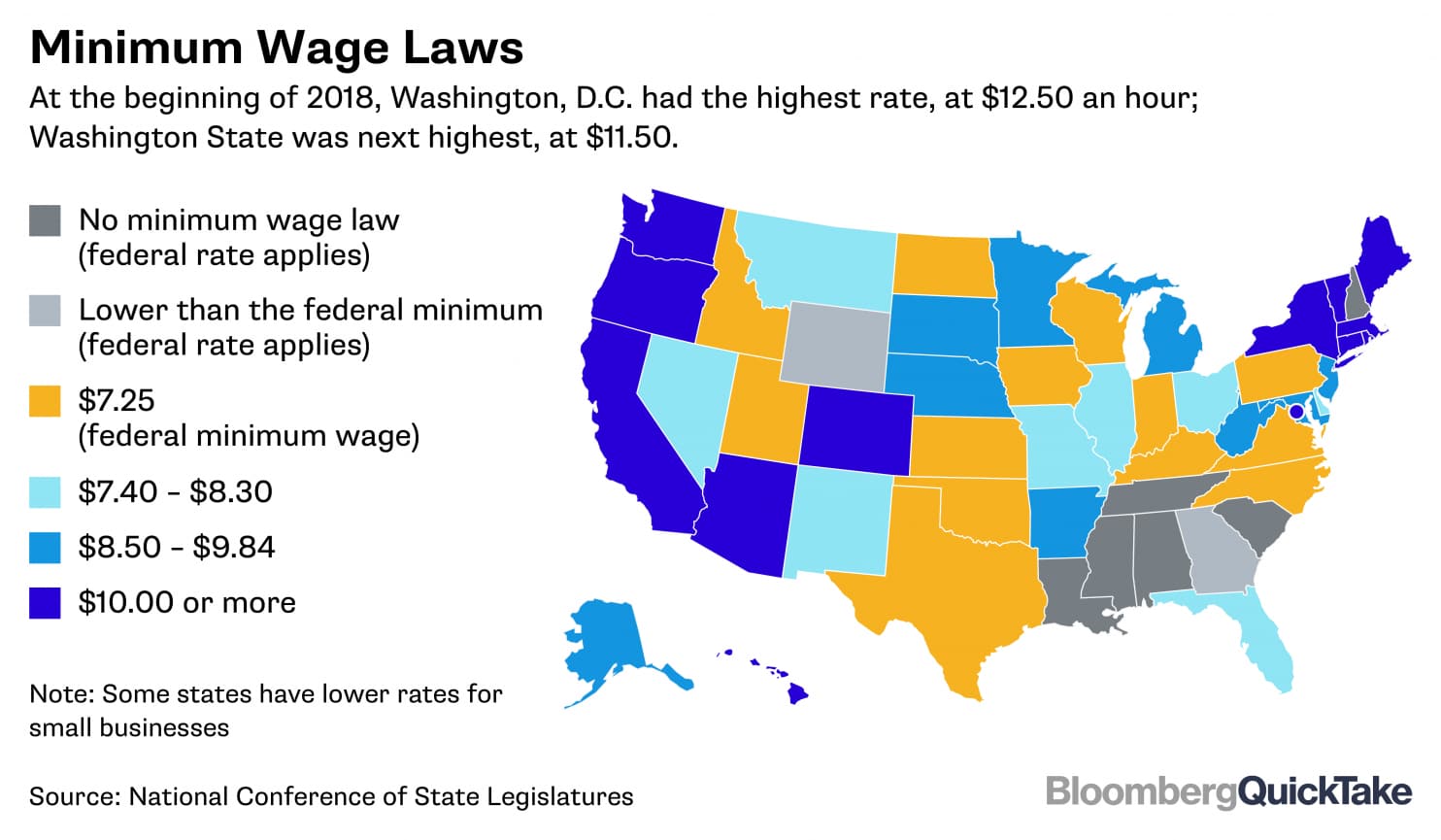
For the default policy based on the Raise the Wage Act of 2021, the minimum wage would be $9.50 in 2023, $11.00 in 2024, $12.50 in 2025, $14.00 in 2026, and $15.00 in 2027 and would be indexed to changes in median wages thereafter.
#Minim wage full#
The federal minimum wage would rise by varying amounts each year until it reached the target amount in the year specified for full implementation. In general, increasing the federal minimum wage would raise the earnings and family income of most low-wage workers, lifting some families out of poverty-but it would cause other low-wage workers to become jobless, and their family income would fall.įederal minimum wage: Options for the target amount for the hourly minimum wage range from $10 to $15 (in $1 increments). Users can also create custom policy options to examine how different approaches to changing the minimum wage would affect people’s earnings, employment, family income, and poverty. After reaching their targets, both minimums are indexed to changes in median hourly wages.

The subminimum wage for tipped workers reaches parity with the regular minimum wage two years later. 53), which CBO analyzed in The Budgetary Effects of the Raise the Wage Act of 2021.įor the default policy shown here, the standard minimum wage reaches $15 per hour in 2027, four years after the first incremental increase. The default option in this interactive tool is based on the Raise the Wage Act of 2021 (S. This interactive tool-developed and updated by the Congressional Budget Office-allows users to explore the effects of policies that would increase the federal minimum wage, which is $7.25 per hour and has not changed since 2009. Title Refine Results By How Increasing the Federal Minimum Wage Could Affect Employment and Family Income


 0 kommentar(er)
0 kommentar(er)
